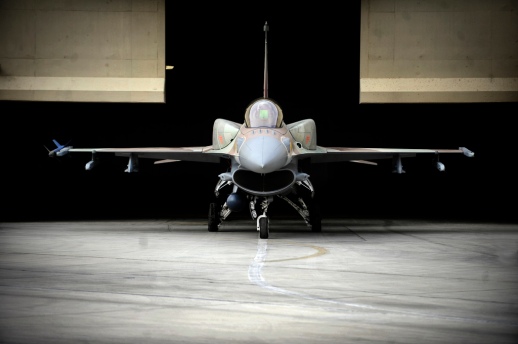
The very first of the
ten fundamental values of the Israel Defense Forces is
the defense of the state, its citizens and its residents. In order to
achieve this goal, the IDF utilizes a vast array of modern tools, a few
of them so new, it’s hard to believe they exist. Today we invite you to
take a look at some of the amazing equipment that assists the soldiers
of the IDF at fulfilling their missions. Sit back and find out more
about eight incredible technologies used by the IDF.
1. The Iron Dome Rocket Defense System:
The Iron Dome System has been deployed in the south of Israel since early 2011 in order to protect Israel’s population from the rockets fired from Gaza.
First of all, the system is the first of its kind. In terms of speed,
accuracy and capability, there was no other system like it in the world
prior to its introduction. Every individual battery is fully mobile
and includes a radar station, a weapons control unit and the actual
missile firing unit itself.
As soon as an enemy rocket is fired into Israel,
the radar station detects and tracks its trajectory and launches a
missile of its own to intercept and neutralize the enemy rocket before
it can cause any harm.
Iron Dome firing a missile to intercept an enemy rocket.
Photo by: Dan Balilty/AP
2. The F-16I ‘Sufa’:
“What’s so special about the F-16?” you ask. “Half of the western
world uses it,” you say. Well, this is no ordinary F-16. This is
the F-16I ‘Sufa‘.
The added ‘I’ stands for Israel, because it has been heavily modified
to fit the specific needs of the Israeli Air Force. To make the pilot’s
incredible job as easy and effective as possible, the F-16I has been
outfitted with cutting-edge weapons system hardware, a specially
constructed radar system and a unique helmet system that allows the
pilot to launch weapons at an enemy aircraft using sight only. No
wonder we nicknamed it ‘Sufa’. That’s Hebrew for ‘Storm’ by the way.
F-16I ‘Sufa’ Awaits Departure at the Hanger
3. The Trophy System:
The Trophy Active Tank Defense System was developed with one goal in
mind. To remove the last Achilles’ heel of armored vehicles and tanks –
modern anti-tank guided missiles. How does it work? It’s simple: The
Trophy’s detection system creates a 360° protective shield around the
tank. When an enemy launches a rocket against a tank outfitted with
Trophy, the system instantly detects and neutralizes any threat to the
tank by firing a missile of its own which blows up the enemy missile.
Trophy creates a 360° protective shield around the tank


















